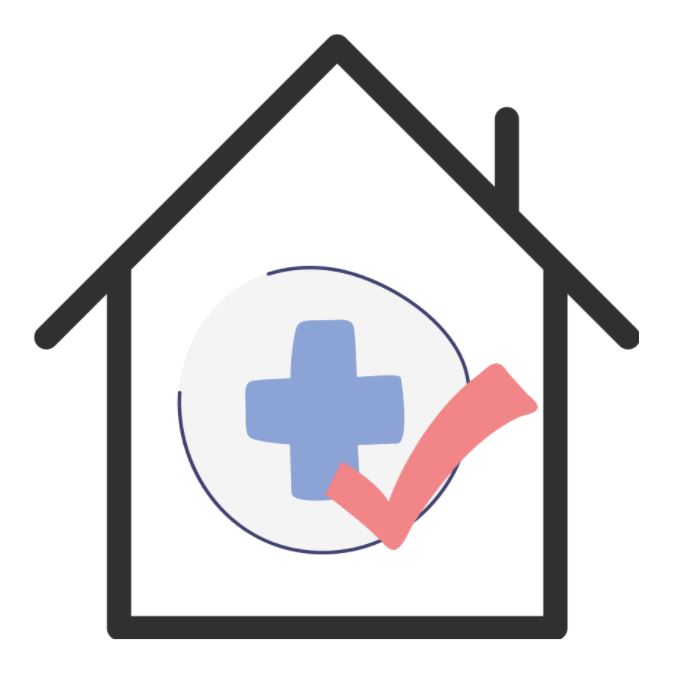Housing is a well-established Social Determinant of Health (SDOH) and plays a large role in mental and physical well-being. As a whole, people facing housing instability can experience a wide variety of challenges like, having trouble paying rent, overcrowding, frequent moving, staying with relatives, spending the bulk of the home’s income on housing, and more.
Locally, almost 20% of Johnstown’s population lives in public housing or Section 8 rental units.
According to the 2020 U.S. Census, there were 18,411 people residing in the city limits. As of November 30, 2021, there were 2,613 people living in the Johnstown Housing Authority’s public units and 883 individuals were using the Housing Choice Voucher Program (Section 8).
Johnstown’s poverty rate sits at just above 38%.
The U.S. Department of Health and Human Services’ Healthy People 2030 says, “Households are considered to be cost burdened if they spend more than 30% of their income on housing and severely cost burdened if they spend more than 50% of their income on housing.”
If a home is cost-burdened there is little money left over each month to spend on food, clothing, utilities, and health care. There is also undue stress that can cause anxiety and depression.
Individuals who have a criminal history face problems with discrimination by property owners and a loss of eligibility for public housing.
Unstable housing conditions can cause a variety of other problems, including physical and mental health disparities. Without stable housing, it is very difficult to heal from surgery, illness, and any other ailment that a person may face.
According to a 2019 National Health Care for the Homeless Council Fact Sheet, “People who are homeless have higher rates of illness and die on average 12 years sooner than the general U.S. population.”
2020 Pennsylvania Homeless Statistics, according to the U.S. Department of Housing and Urban Development (HUD):
- As of January 2020, Pennsylvania had an estimated 13,375 homeless on any given day
- 1,550 Family households
- 977 Veterans
- 716 Unaccompanied young adults (ages 18-24)
- 1,772 Individuals experiencing chronic homelessness
- Public School Data reported to the U.S. Department of Education during the 2018-2019 school year showed that 31,822 public school students experienced homelessness during the course of the year.
- 526 Students were unsheltered
- 7,281 Students were in shelters
- 2,428 Students were in hotels/motels
- 21,587 Students were doubled up
The National Low Income Housing Coalition’s (NLIHC) shows that Pennsylvania ranks 26th for Fair Market Rent prices. The fair market rent price in PA is $1,037 per month for a two-bedroom home and $842 per month for a one-bedroom home. Working at minimum wage ($7.25 per hour), an individual will need to work 89 hours per week to afford a modest one bedroom rental home in Pennsylvania.
As housing prices continue to rise, low-income individuals will face more obstacles in obtaining affordable and safe housing.
For more information on housing resources in Cambria and Somerset counties, visit https://www.1889jeffersoncenter.org/what-we-do/housing-resources/.
Sources:
https://nhchc.org/wp-content/uploads/2019/08/homelessness-and-health.pdf#:~:text=Housing%20and%20health%20care%20work%20best%20together%20and,outcomes%2C%20and%20work%20to%20prevent%20and%20end%20homelessness
https://alphacarecms.magellanhealth.com/media/781010/dhs-a-focus-on-social-determinants-of-health.pdf
https://reports.nlihc.org/oor/pennsylvania
https://www.usich.gov/homelessness-statistics/pa/
https://health.gov/healthypeople/objectives-and-data/social-determinants-health/literature-summaries/housing-instability

